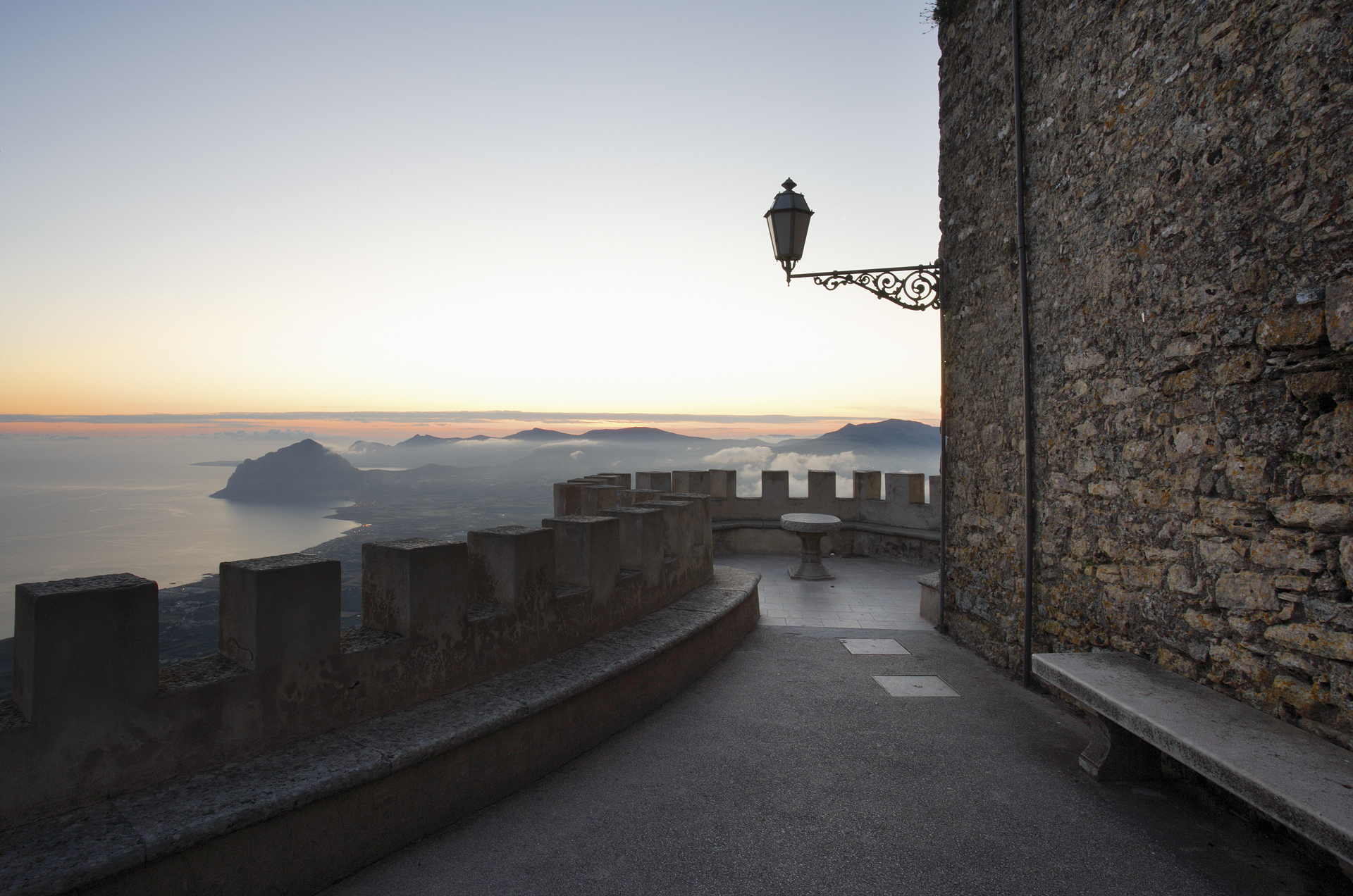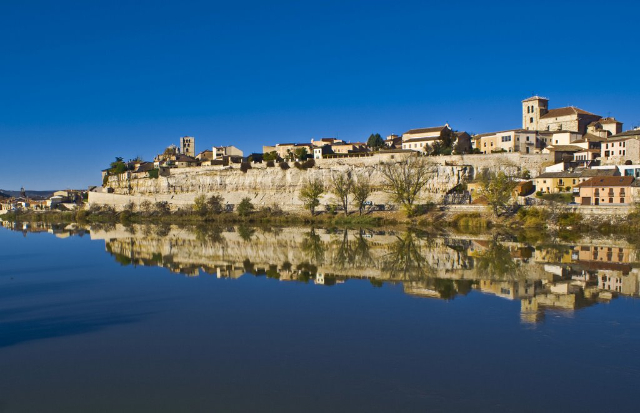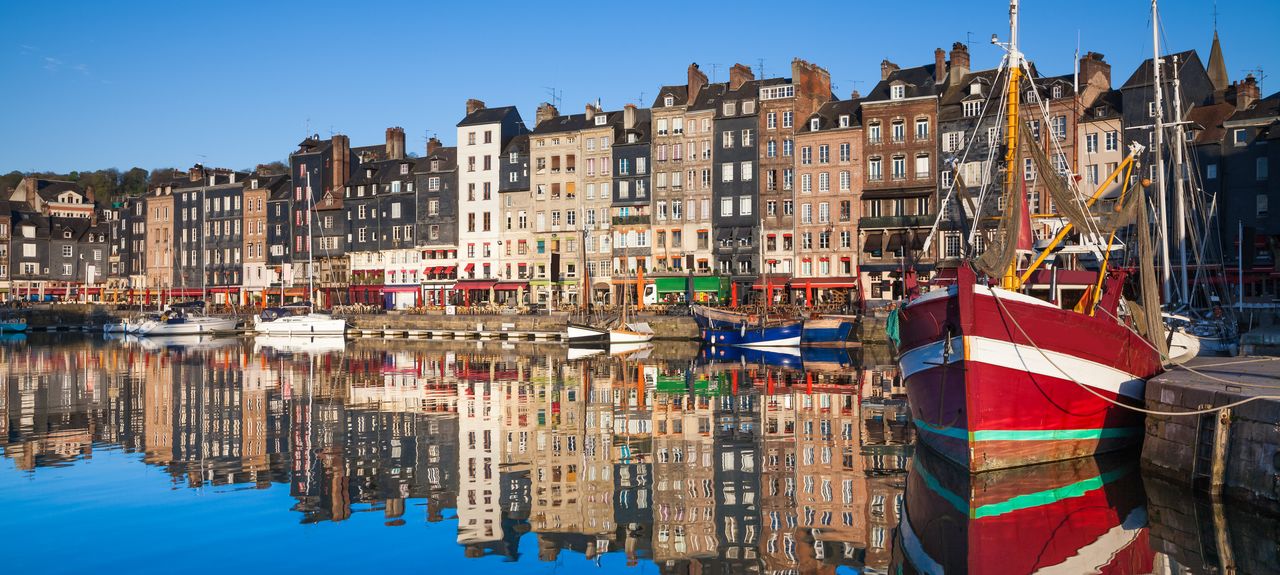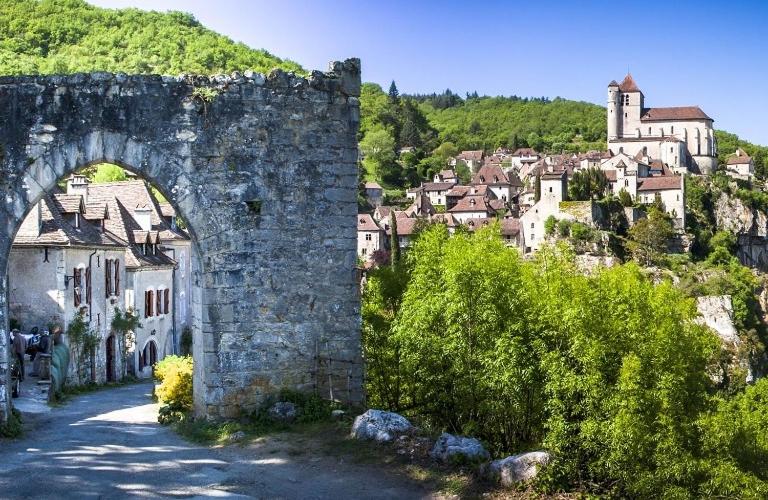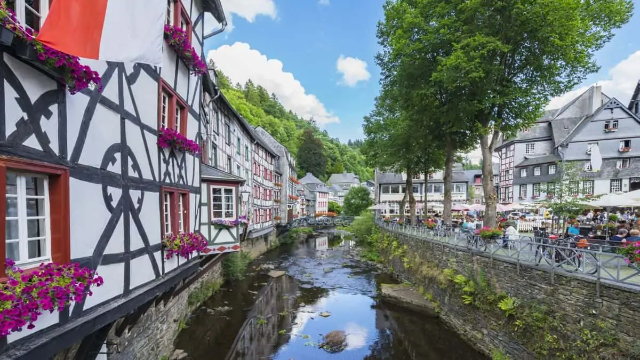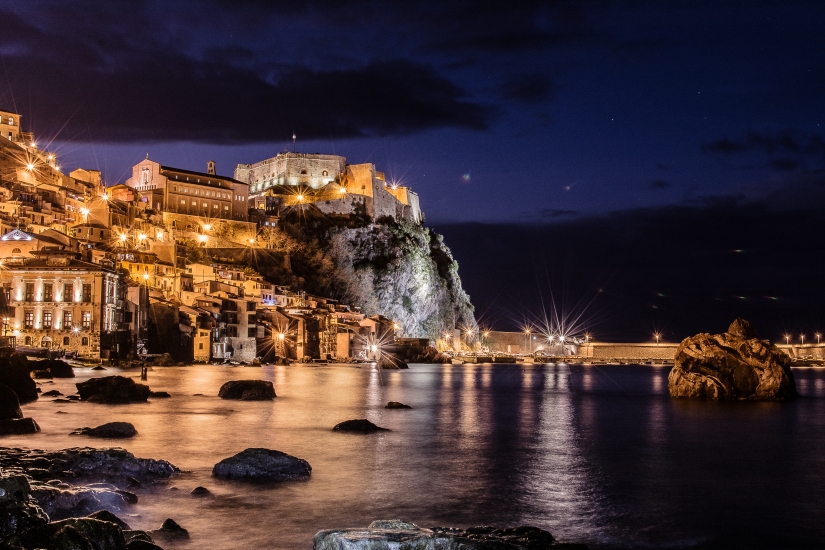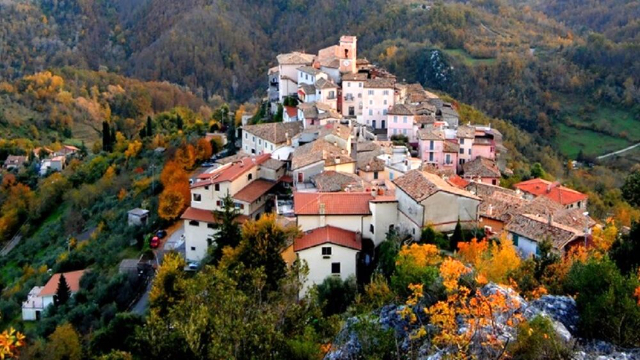Of mythical origin, the city (at that time Iruka) was inhabited by the Elymians, who built the walls and erected the temple dedicated to the cult of Venus, goddess of fertility and love.
Some historians identify the Elimi with the Sicani, others argue that they came from the Ligurian coast, others still from Anatolia after the destruction of Troy. The city passed at the end of the fifth century to the Carthaginians and the Romans with the battle of the Egadi (241 BC).
After a period of decadence it was rebuilt by the Arabs who called it Gebel-Hamed and by the Normans for whom it was Monte San Giuliano.
In ancient times Erice was famous for the sacred and ancient pagan cult of Venus Ericina (Ibla for the Sicans, Astarte for the Carthaginians, Toruc for the Phoenicians and then Aphrodite for the Greeks and Venus for the Romans) which was dedicated a temple where you practiced prostitution sacred.
The urban plant has a perfect triangular shape and is delimited on the western side by cyclopean walls, interrupted by towers and three Norman doors: Porta Spada, Porta del Carmine and Porta Trapani.
To south-east of the town is the beautiful garden of Balio, within which stands the castle Pepoli, built in the Norman period and largely modified in the nineteenth century. to be transformed into a villa.
Instead dates back to the twelfth century. the castle of Venus: a typical medieval fortress built in the area where once stood the ancient sanctuary of Venus Ericina.
Erice welcomes more than sixty churches, some of which are architectural documents of great value and valuable historical evidence: among them the church of San Martino, San Cataldo, San Giuliano, San Giovanni Battista.
The church of San Giuliano was built by the Normans around the year 1000 and heavily transformed in the seventeenth century, interesting for its facade of pink stone is used today as a conference room and cultural center.
The factory of San Giovanni Battista is recognizable by its white dome that stands isolated at the eastern end of the city, of medieval origin, was rebuilt in the ‘600 and preserves intact the Gothic entrance portal.
Among the churches stands out the Matrix, dedicated to the Assumption and built in the early fourteenth century. which was added later the Gothic prothyrum in front of the extraordinary ogival portal.
The inside has been abundantly remodeled and preserves a Madonna with Child in marble, work of Domenico Gagini (XV sec.), and a marble ancon of the sixteenth century.
Fourteenth-century is also the massive isolated bell tower of the church, embattled and adorned with mullioned and single lancet windows, clearly inspired by Chiaramonte.
The heart of the city is represented by the square Umberto I, on which overlooks the Town Hall, which houses the Museum Cordici.
In the atrium of the museum is the Annunciation of Antonello Gagini, inside collections of coins and paintings and prehistoric, Punic and Greek, from the necropolis ericina. Among these is the splendid head of Aphrodite (5th century BC).
